What To Do When Your Tree's Bark Starts Peeling Off
Seeing bark peel off your tree can make you do a double take. It's not something you expect while walking through your yard. Sometimes, it looks like the tree is shedding a layer. Other times, big chunks hang loose or fall off. While some trees naturally lose their bark, especially in small patches, it's not always a good sign. Knowing what's normal and what isn't helps you avoid long-term damage to your tree.
Peeling bark isn't just about looks. It can leave the tree more exposed to weather, bugs, and disease. If the inner layers are visible or the bark has fallen off in large areas, the tree might be struggling. In many cases, this kind of damage means something more is happening under the surface. Figuring out the cause early gives you a better shot at keeping the tree healthy and standing strong.
Common Causes of Bark Peeling
Tree bark doesn't usually fall off for no reason. When it does, there's often an issue that needs your attention. Some causes are natural, while others may point to more serious problems. Figuring out the reason helps guide your next step.
Here are some common reasons trees begin to peel:
- Weather and temperature swings: After a sudden freeze or intense summer sun, some trees react by peeling. Heat damage and frost cracks can both cause bark to weaken and fall away.
- Normal growth on certain species: Trees like sycamores, birches, and silver maples naturally shed their bark as they grow. The bark flakes off in patches and new layers quickly take over. If the tree looks otherwise healthy, there's usually nothing to worry about.
- Pest infestations: When insects like borers or beetles move in, they can damage the inner layers of bark. This causes sections to peel back, sometimes revealing holes or tunnels underneath.
- Fungal or bacterial disease: Diseases can kill sections of bark from the inside out. You might see soft or dark areas near the peeling, or even a strange odor where the bark is missing.
- Physical damage: Broken branches, lawn equipment, or even wildlife can scrape away bark. If the wound is deep or wide, healing becomes harder and peeling may spread.
Each of these issues can affect trees in different ways. The bark might curl at the edges or fall off in long, even strips. In some cases, the area underneath the bark looks moist or discolored. If the damage keeps spreading or bugs are present, it's often a sign that the tree can't heal on its own and needs expert attention.
Assessing the Damage
Once you notice peeling bark, it's time to take a closer look. Not every spot is cause for concern, but spotting early warning signs helps you act fast.
Start by evaluating how much bark is missing. A few small areas might not be serious, especially if they're near the base or caused by animals. But if large portions are gone from the trunk and you see bare wood underneath, it's a sign of deeper trouble. Look closely at the area around the peeling. Is the remaining bark cracked or curling? Does the exposed surface look healthy or is it damp and dark?
Ask yourself these questions when checking:
1. Is the peeling spread over a large area or just in one spot?
2. Can you see insects, sawdust, or bore holes near the damaged area?
3. Is the tree losing leaves early or showing signs of stress like browning at the tips?
4. Are there other signs like oozing sap or a foul smell?
If you're seeing more than one warning sign, or if more than half the trunk is affected, the tree may not recover without help. Slow-spreading bark loss can still signal an active issue like disease or pests inside the tree. Catching it early gives you a better chance of saving it.
It's always smart to have someone with real experience step in if you're unsure. Peeling bark doesn't regrow like broken branches. Once it's gone, the tree stays open to more damage unless the issue is managed early and correctly.
Solutions for Treating Peeling Bark
Once you've identified the likely cause of the bark peeling, it's time to figure out how to help the tree. The treatment depends on the source of the problem, so avoid making guesses or applying quick fixes.
If the peeling was caused by heat stress or rapid temperature swings, focus on reducing stress and improving care. Water the tree deeply during dry spells and lay mulch around the base to help hold moisture and shield the roots. Keep the mulch a few inches away from the trunk itself.
For trees that naturally shed bark, no treatment is needed if the tree looks healthy overall. But if signs of pests or disease appear along with the peeling, it could be a bigger issue.
With insect damage, timely removal of harmed sections and treatment for bugs can stop the issue from spreading. Bark beetles or borers dig into the wood and soon make the tree unsafe. If caught early, professional pest treatments can protect the rest of the tree. Fungal and bacterial diseases often show up with spongy bark, leaking sap, or a bad smell. These cases usually require more advanced treatments that a professional should handle, especially to avoid spreading the disease to nearby trees.
Careful pruning is sometimes needed, but it must be done right. Trees under stress from peeling don't recover well from rough pruning. Trim only the dead or damaged limbs and cut back to strong wood. Avoid using wound-sealing products, which can trap moisture and make things worse. It's better to let the area breathe while protecting it from outside stress. Avoid hitting it with tools or digging near the roots.
One example that comes to mind is a backyard elm where large strips of bark peeled off the lower trunk. At first glance, there were no bugs or cracks. But a closer look revealed a leaky sprinkler directly soaking the area. Once that was fixed and the roots were checked, the tree began to stabilize, and new bark slowly returned over time. Surface damage might be obvious, but the real problems often go deeper.
Preventative Measures to Protect Tree Bark
The best way to avoid bark peeling is with regular tree care. Trees need steady attention year-round. Checking for signs of stress before they grow into bigger issues goes a long way.
Here's how to help prevent bark from peeling:
- Water trees during dry months, especially young ones still building root systems. This keeps moisture levels steady and prevents early stress.
- Add mulch to help regulate ground temperature and reduce water loss, but don't let the mulch touch the trunk.
- Keep an eye out for pests and watch the trees for early signs of trouble, including leaf changes or small holes near the bark.
- Be gentle with lawn equipment and tools that could damage the lower trunk or exposed roots.
- Prune weak or damaged branches to help the tree direct its energy toward strong, healthy growth.
Taking a few minutes each season to check the overall condition of your trees can help you spot the early signs that something's off. Bark peeling is often one of the first indicators that a tree is under stress. The sooner you spot it, the easier it is to get ahead of the damage.
Let Us Help You Keep Your Trees Healthy
If you notice bark starting to peel, and you're unsure what's causing it, that's the right moment to bring in experts. Bark loss can be the sign of bugs, disease, or past damage that's starting to take its toll. Getting the proper help at the right time can be the difference between recovery and removal.
At Tree Experts, LLC, we offer deep tree inspections built around what your property needs. Whether you're dealing with minor bark loss or something more serious, our team can figure out what's going on and take steps to fix it. We also provide 24-hour emergency service for tree problems that just can't wait. Instead of hoping the issue fixes itself, let us take a thorough look and help your tree recover the right way.
Protecting and restoring your trees requires timely and expert care, especially when dealing with issues like peeling bark. At Tree Experts, LLC, our specialized tree services can address the root causes of bark loss, whether it's pest infestations, disease, or environmental stress. Don't let small problems turn into larger ones; our team is ready to provide the effective solutions necessary for your trees to remain healthy and strong. Reach out today to ensure your trees have the care they need to thrive throughout the year.


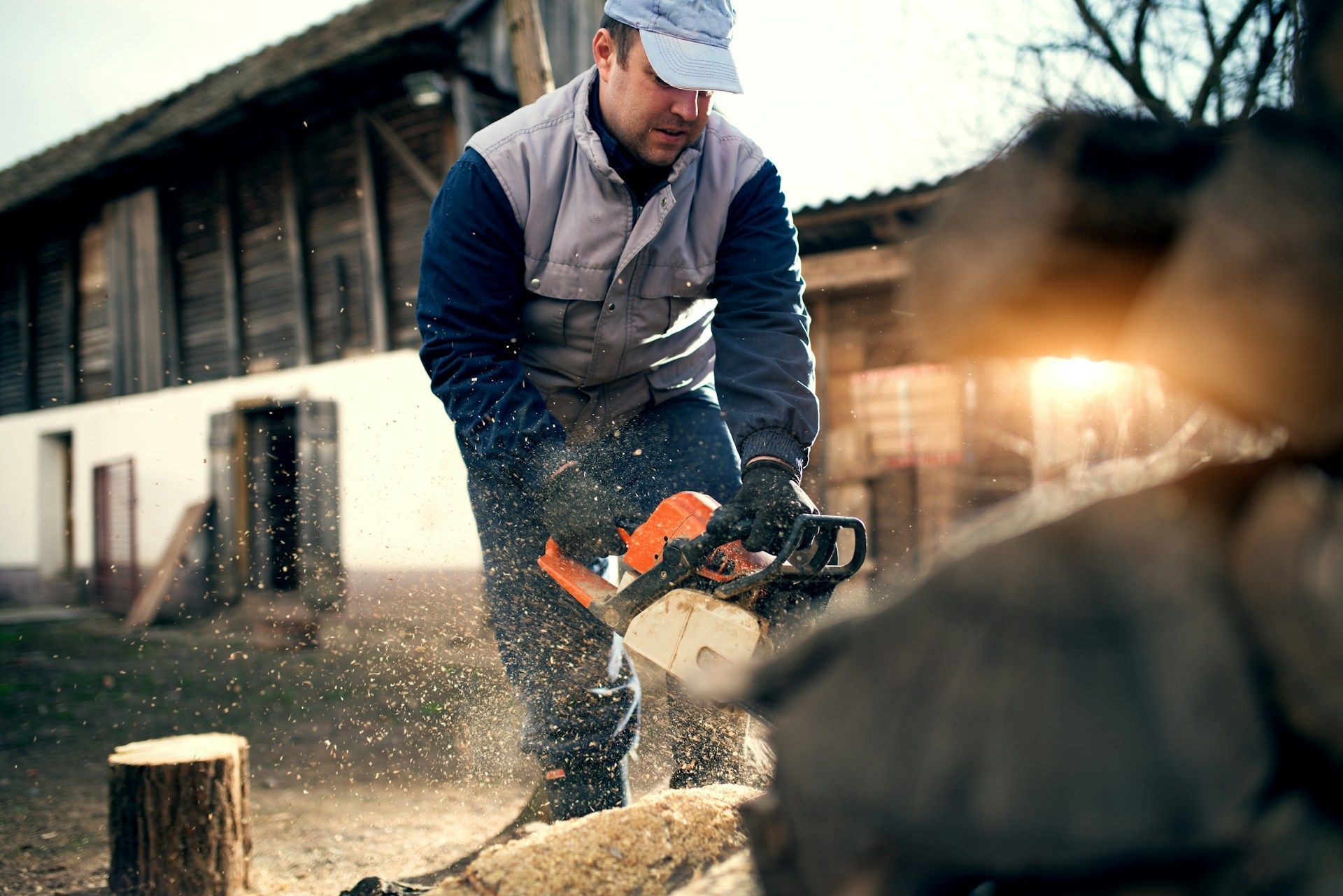

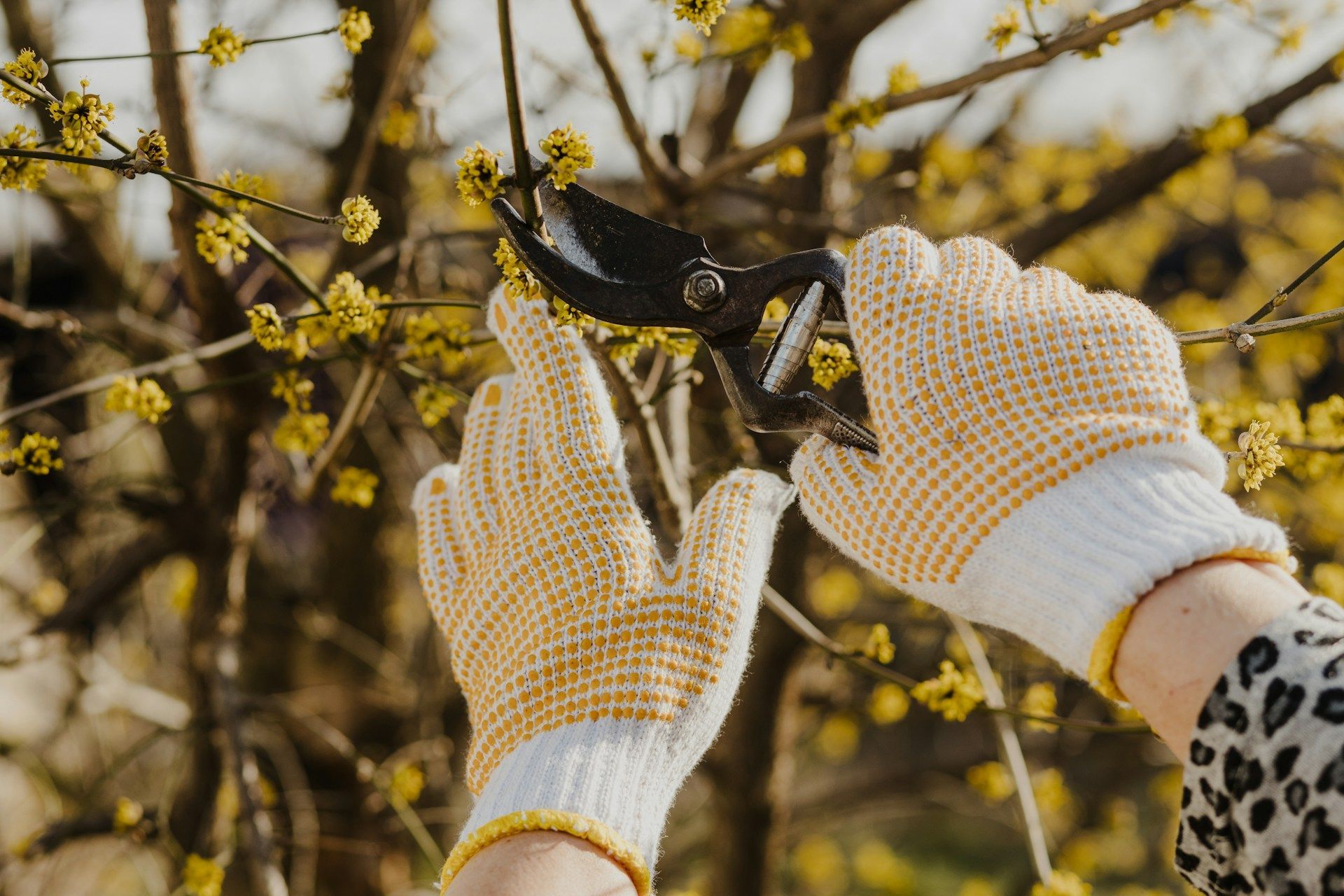

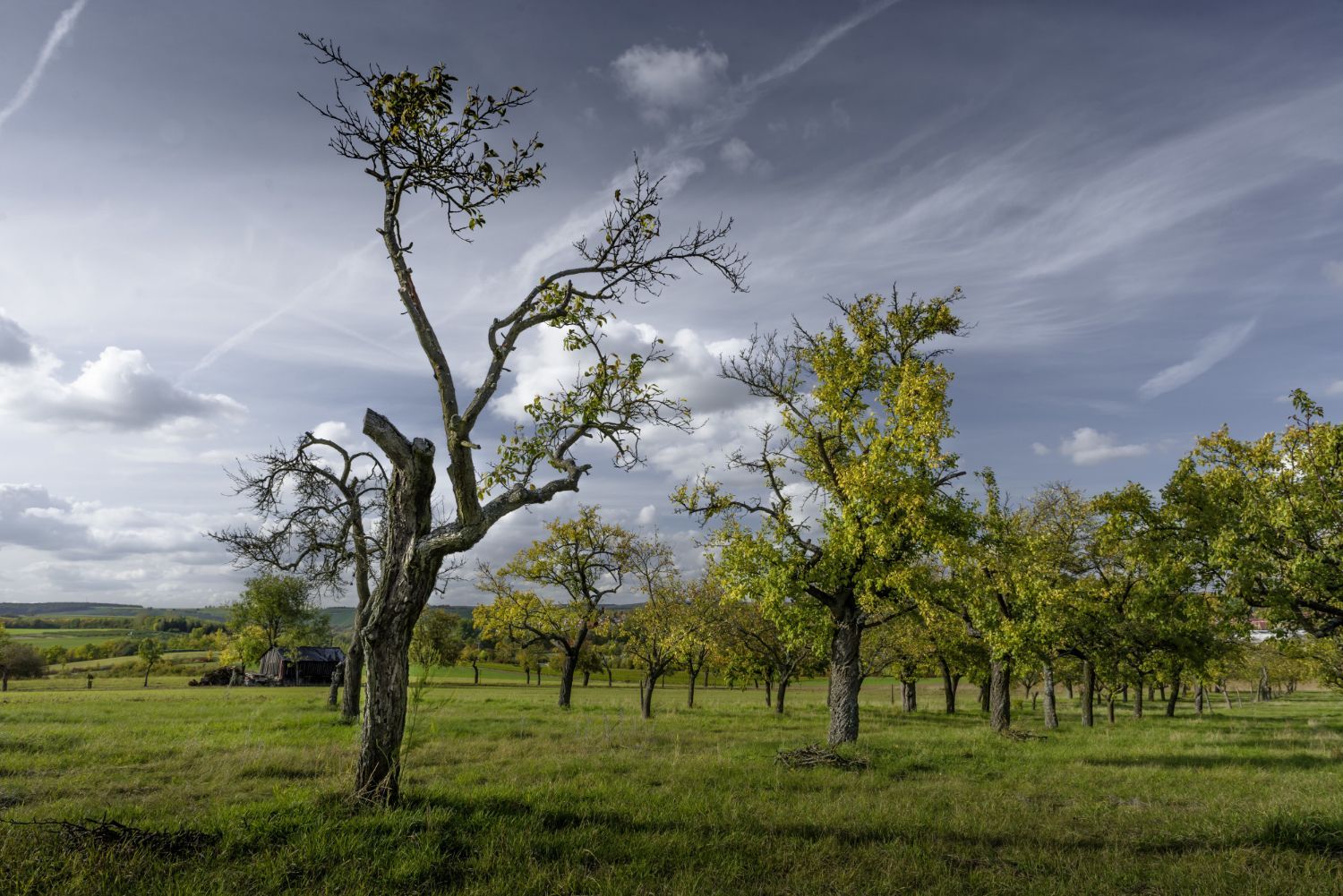
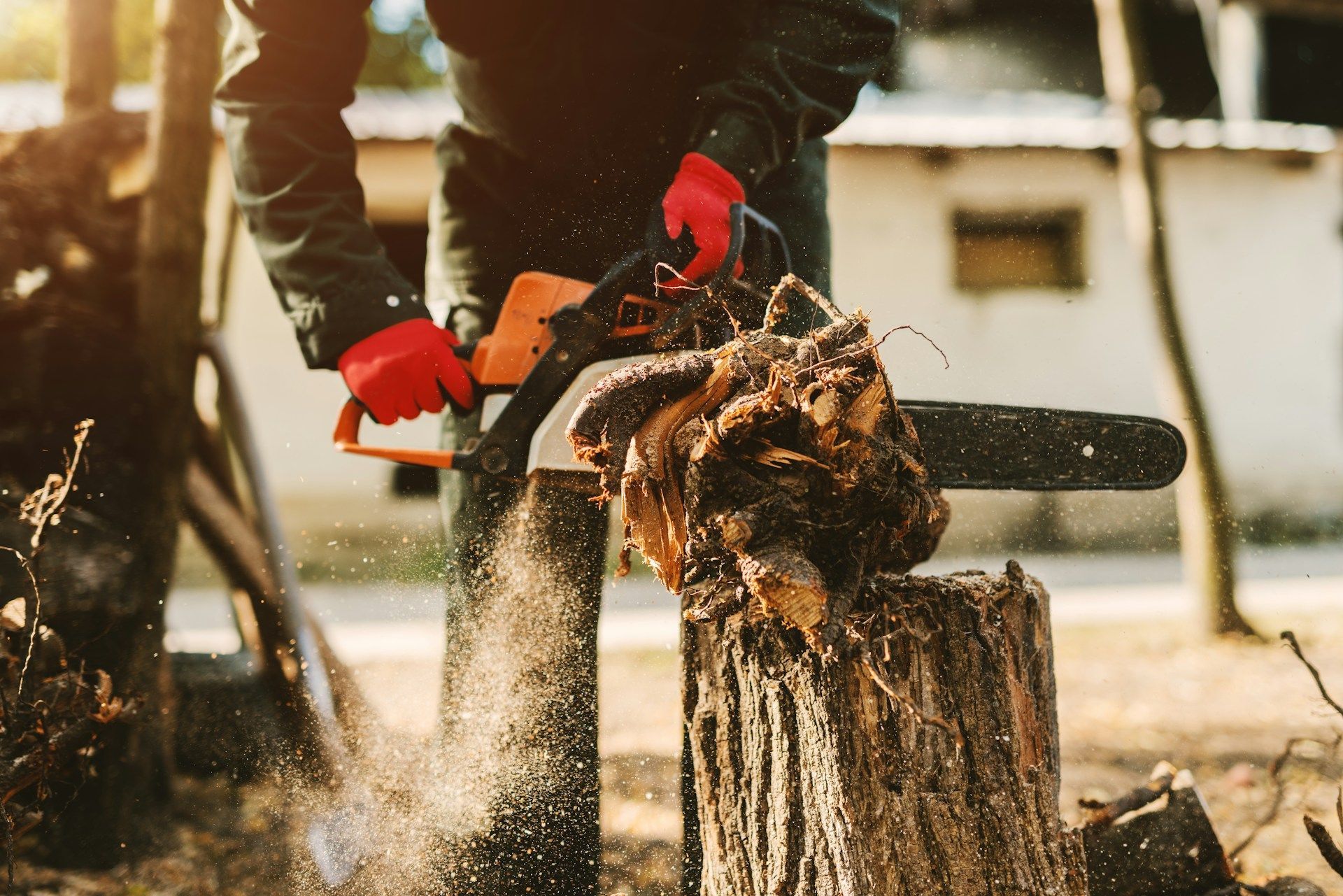

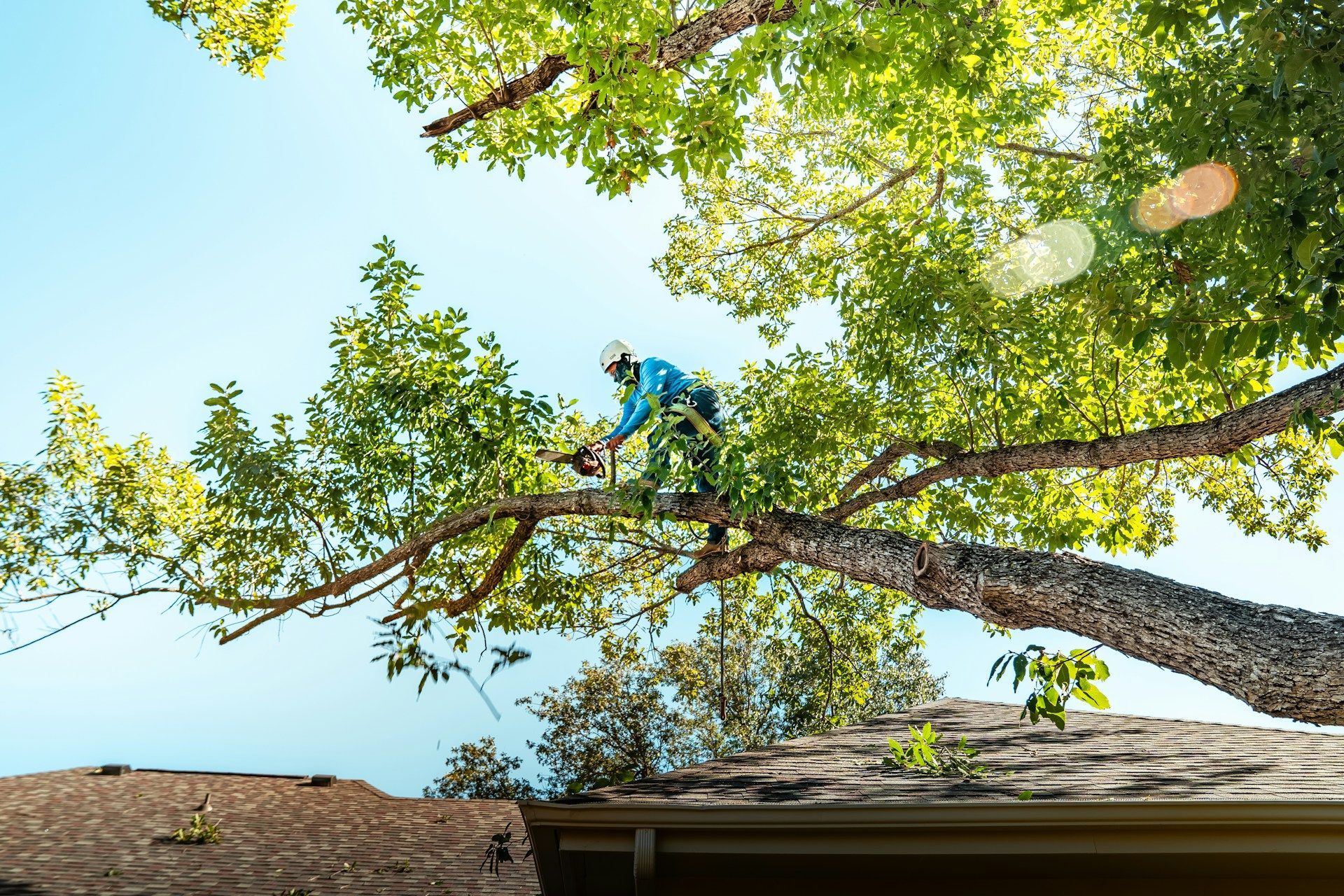
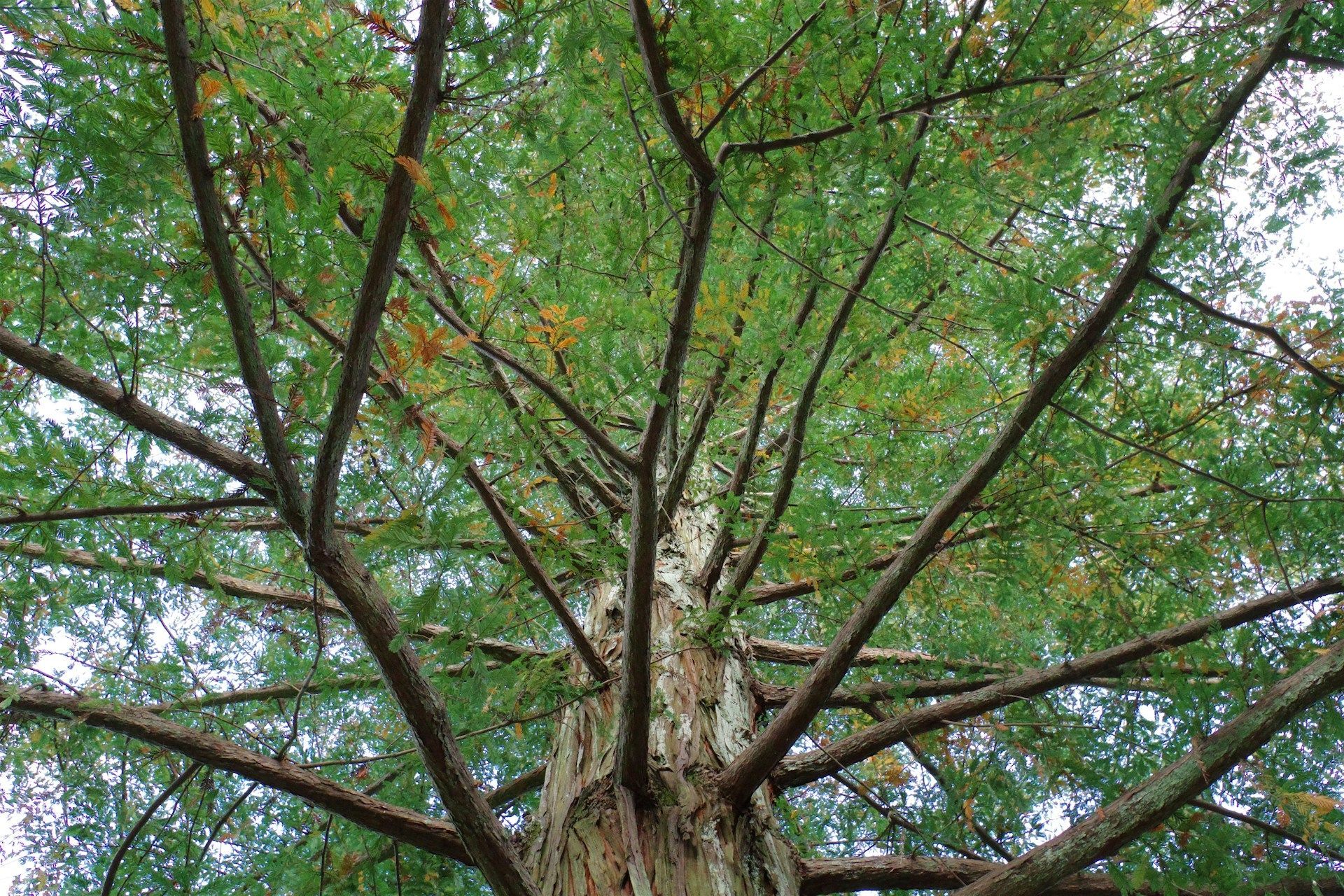
Share On: